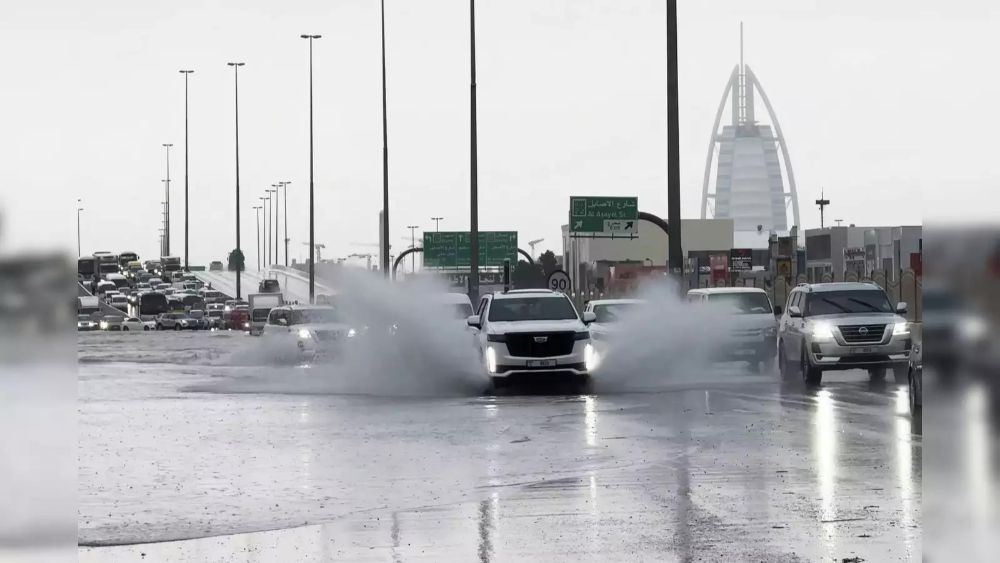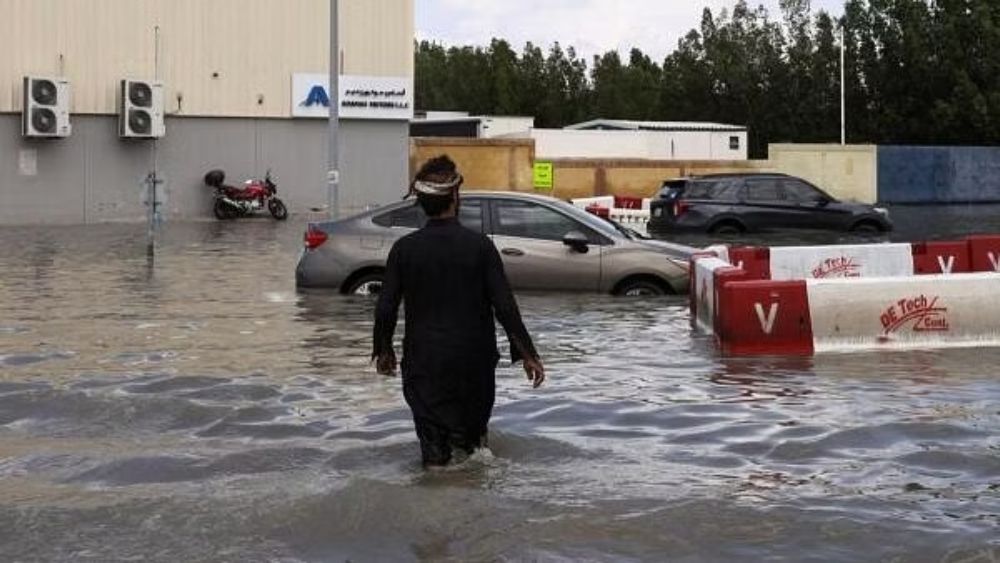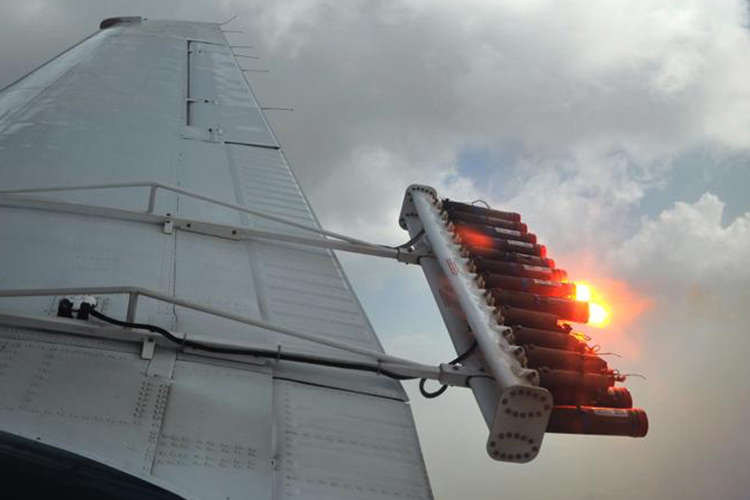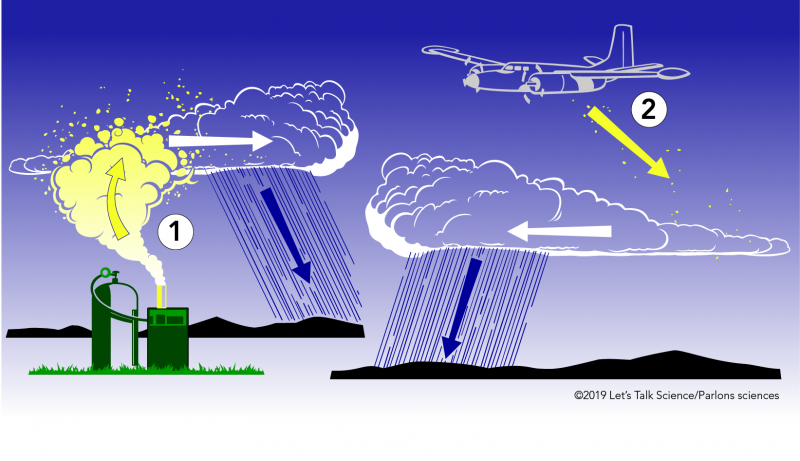The recent deluge witnessed in Dubai has sparked widespread speculation about its causes, with theories ranging from cloud seeding to climate change. However, a closer examination of the facts reveals a more nuanced picture. Let’s delve deeper into this historic weather event and explore its underlying causes.

The Magnitude of the Event
Dubai recently experienced its most intense rainfall in history, leading to widespread flooding and disruption across the city. Homes were inundated, roads turned into rivers, and normal life came to a standstill. The scale of the deluge prompted questions about its origins and implications.
Dispelling Myths: Cloud Seeding vs. Natural Phenomena
One of the prevailing theories surrounding the rainfall was that it was a result of cloud seeding, a technique used to stimulate precipitation artificially. However, experts quickly dismissed this notion, citing natural meteorological processes as the primary cause. While cloud seeding has been employed in the past, its effectiveness remains uncertain, and it is unlikely to have triggered such extreme weather.

Climate Anomalies and Global Warming

The association between the heavy rainfall and climate change cannot be ignored. Meteorological experts point to the intensification of synoptic systems and rising global temperatures as contributing factors to the unprecedented weather event. This highlights the broader implications of climate change on extreme weather patterns, underscoring the urgency of climate action.
Infrastructure Challenges and Urban Planning
The flooding in Dubai and neighbouring Oman also exposed the inadequacies of drainage systems and urban infrastructure in the face of extreme weather events. Roads submerged, homes flooded, and normalcy disrupted, raising questions about the region’s preparedness for such occurrences. Addressing these infrastructure challenges is crucial to enhancing resilience and mitigating future risks.
Lessons Learned and the Way Forward
As the waters recede and life returns to normal, it’s essential to reflect on the lessons learned from this unprecedented event. While natural phenomena like rainfall are inevitable, proactive measures can be taken to minimise their impact. Investing in resilient infrastructure, enhancing urban planning strategies, and accelerating climate mitigation efforts are crucial steps towards building a more sustainable and resilient future.



The deluge in Dubai serves as a stark reminder of the unpredictability of weather patterns and the urgent need for climate resilience. By understanding the complex interplay of natural and anthropogenic factors, we can better prepare for and adapt to the challenges posed by climate change. As we navigate an increasingly uncertain climate, collaboration, innovation, and proactive action will be key in safeguarding our communities and environment for generations to come.
